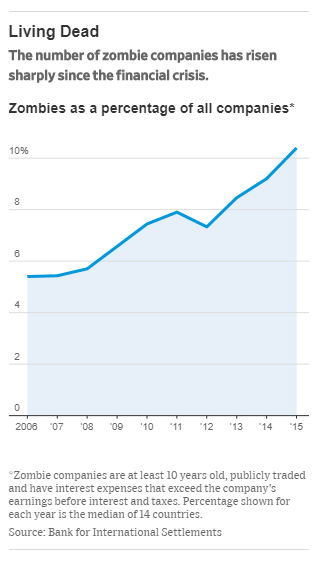(p. D8) BARI, Italy — The grandmothers set up shop early. Out of ground-floor kitchens that opened directly onto the street, they came out singing old songs, sweeping the stone floor and scattering their homemade orecchiette, the city’s renowned ear-shaped pasta, on the mesh screens of wooden trays
. . .
The scene — the grannies, the handmade pasta, the curved stone street — evoked the southern Italy of popular imagination.
. . .
But local officials suspect that the pasta street, in the historical part of town known as Old Bari, is the scene of a crime that has prompted the orecchiette crackdown scare of 2019.
According to the mayor’s office, in mid-October police inspectors busted a local restaurant for serving untraceable orecchiette, a violation of Italian and European Union regulations that require food in restaurants to be clearly sourced. The police fined the restaurateur and forced him to trash three kilos of pasta, or about seven pounds.
The November news reports (“Strong hand against the handmade orecchiette in Old Bari” wrote La Repubblica) immediately worried the sharp-elbowed women of Bari, who are permitted to sell small plastic baggies of pasta for personal use, but who are not licensed to deliver large, unlabeled shipments to restaurants.
The women don’t earn much to begin with, and fear having to wear hairnets, issue receipts and pay taxes. People here are asking if the Italian zeal for regulations, however often ignored, will end up overpowering the local pride in a custom that has brought Bari — where many families have their go-to pasta lady — tourists and much-needed good press.
. . .
“These women work 10, 15 hours a day, seven days a week to support their unemployed husbands and sons,” said Francesco Amoruso, 76, whose mother, one of the street’s venerable pasta makers, died last year at age 99. “And this is who they come down hard on?”
. . .
In the evening, as the women brought their trays of pasta into kitchens adorned with St. Nicholas shrines, Diego De Meo, 44, the owner of the restaurant Moderat, across from City Hall, waited for the evening rush.
He said he didn’t know which restaurant was caught serving contraband orecchiette but talked about how those little irregular, handmade pasta ears had “a little magic in them.” He suggested that trying to regulate Bari was like trying to straighten the Leaning Tower of Pisa.
“Sometimes the irregular is what makes things beautiful,” Mr. De Meo said.
Pressed further for a hint on the identity of the offending restaurant, he paused awkwardly. “It was me,” he blurted out, adding that he alerted other restaurants, many of which he said bought orecchiette from the women.
“Look, it’s correct, it’s the law,” he acknowledged, referring to the fine. But while his business was unaffected, he felt bad for the women of Bari who he said “are perplexed.”
(Note: the online version of the story has no date posted, and has the title “Call It a Crime of Pasta.” In the last several sentences, where the versions have slightly different wording, the passages quoted above follow the online version.)


